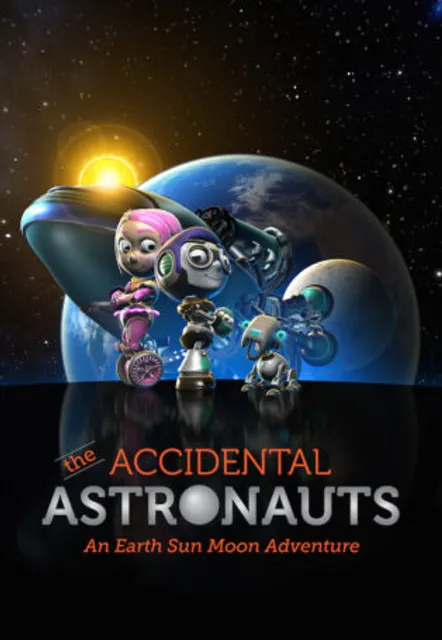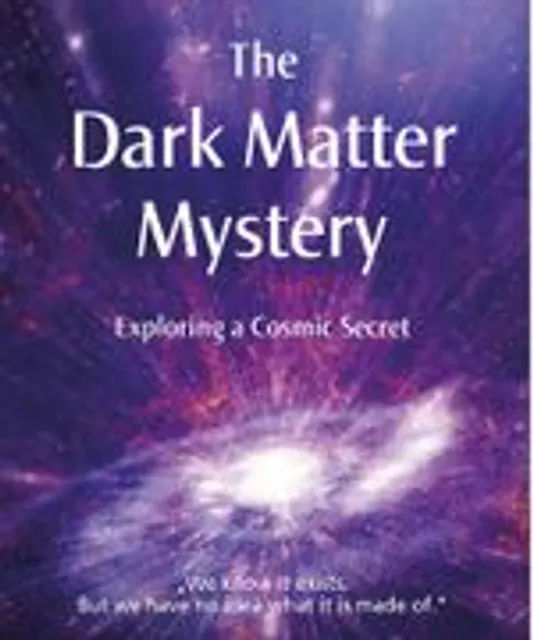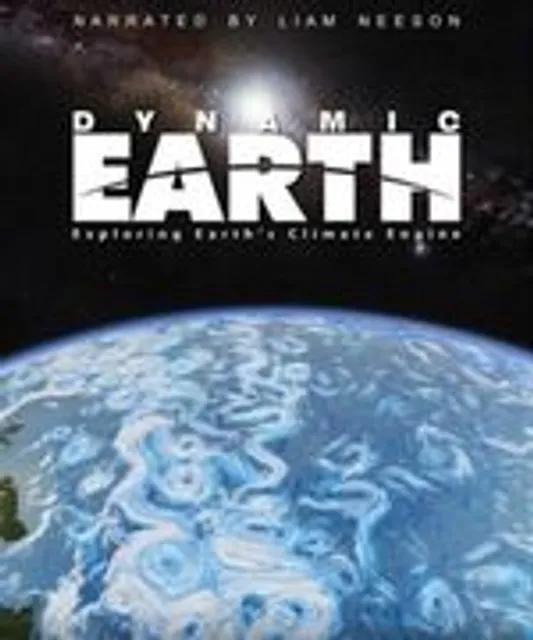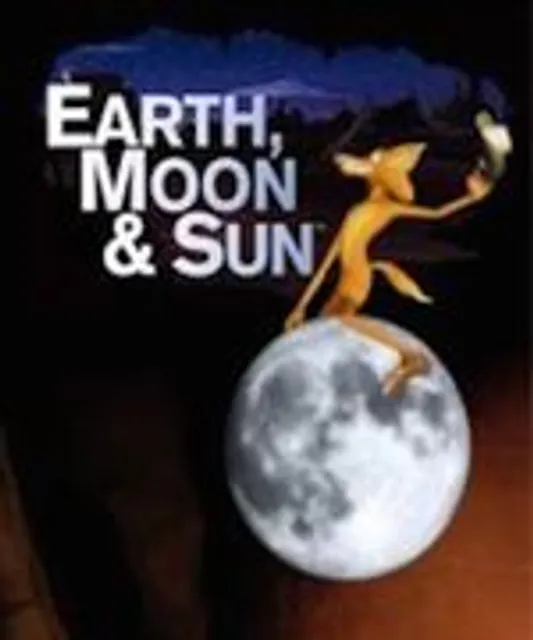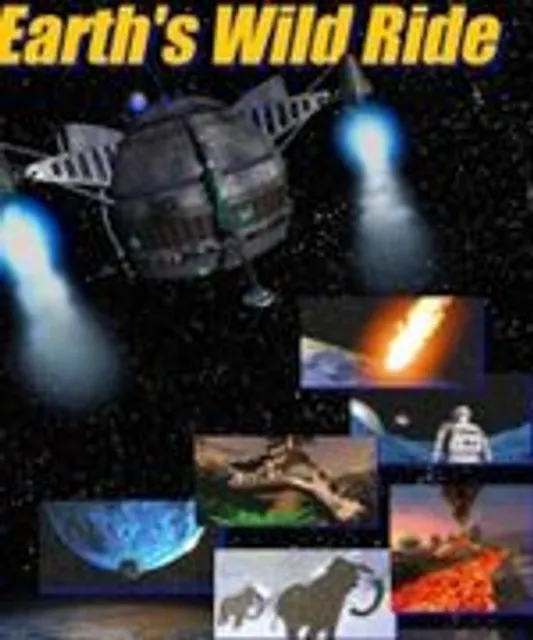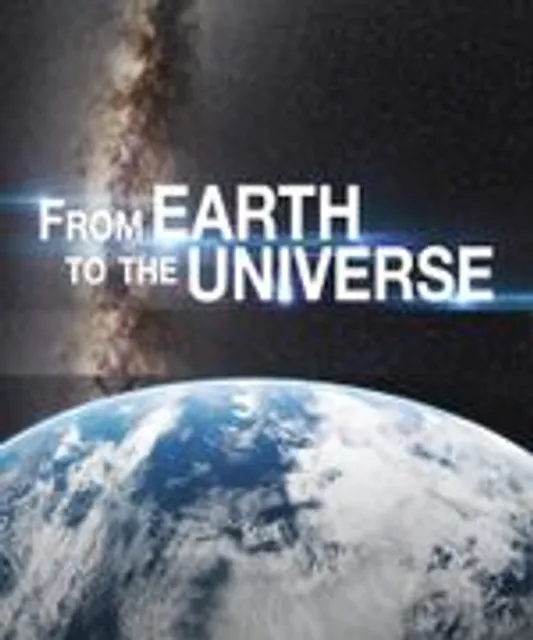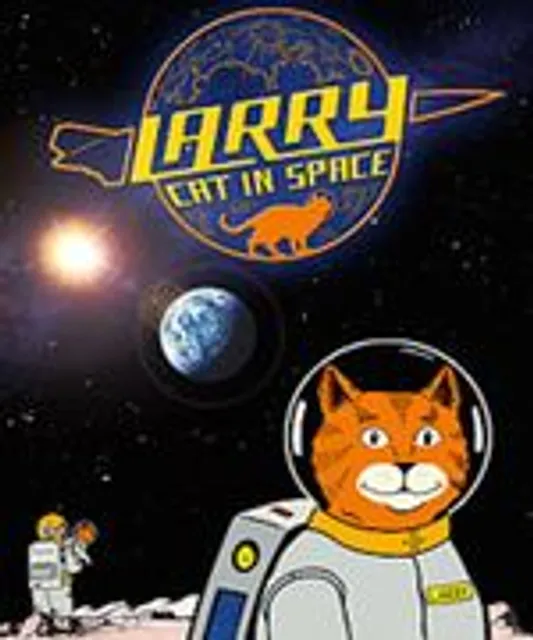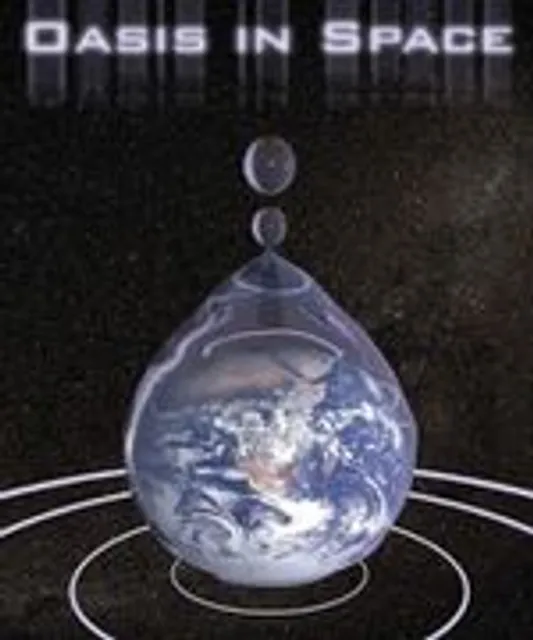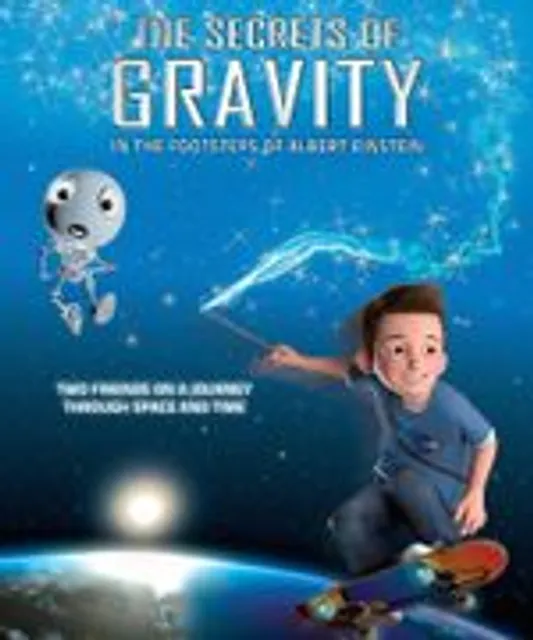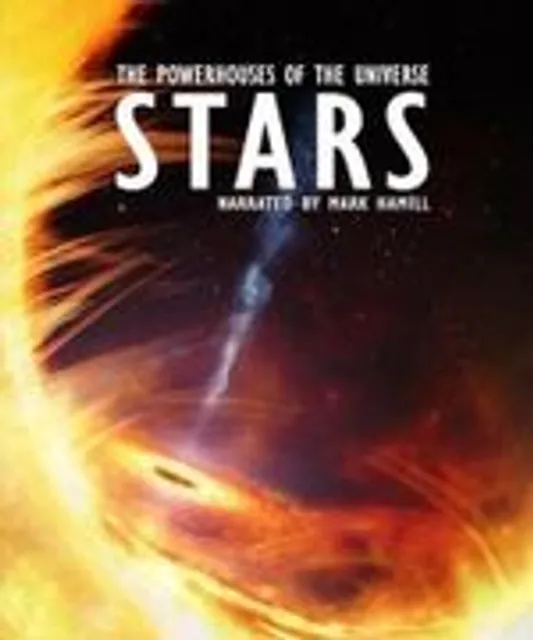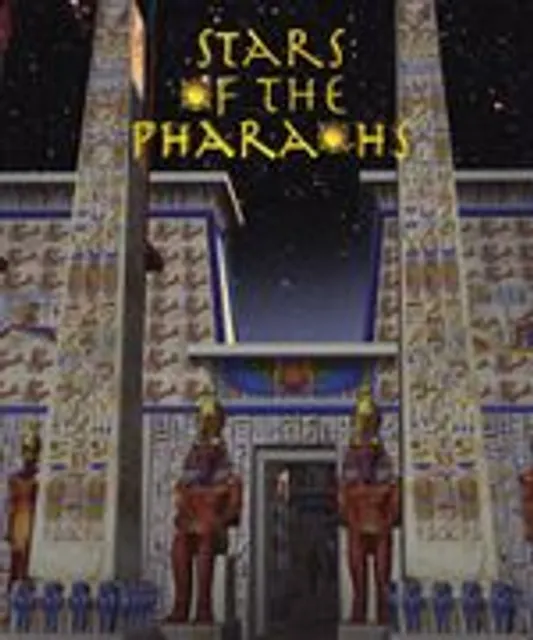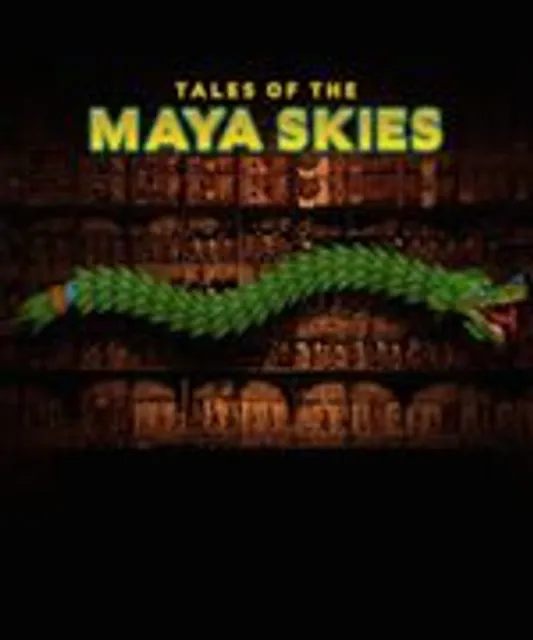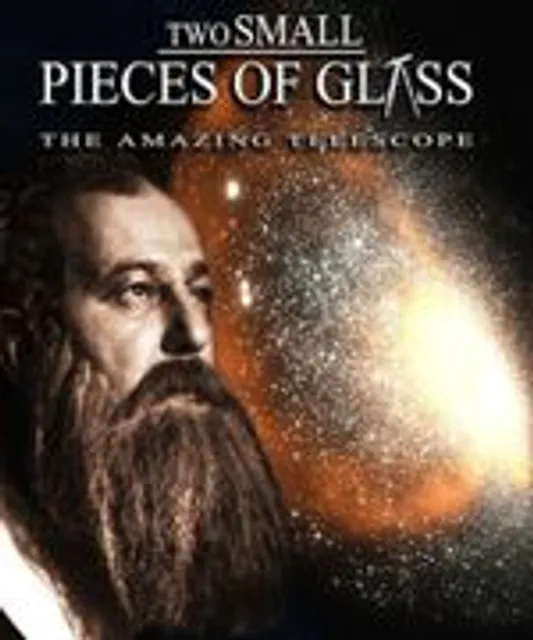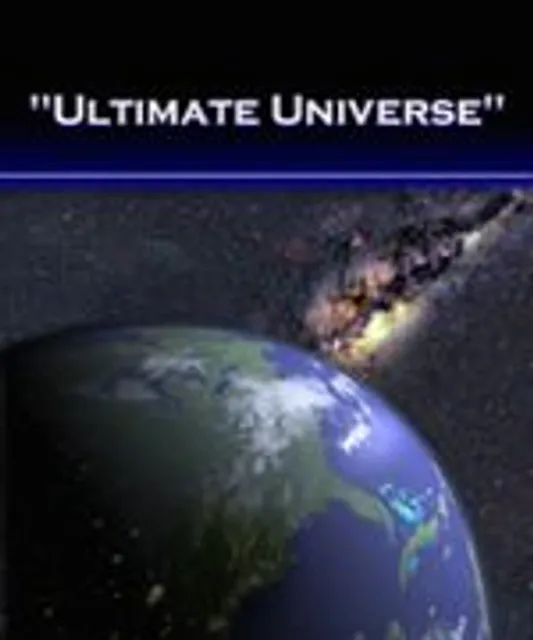Tour of Our Solar System
~45 mins
1st - 4th grade
This presentation takes you on a journey through our Solar System! We stop at each
of the planets and learn interesting facts about each. In addition to the planets,
we take a brief look at our Moon and the oceans of the outer Solar System. Optional
link to a ~25min movie,
The Zula Patrol: Down to
Earth, can be shared as well.
The Legends of the Night Sky: Orion
~20 mins
1st - 4th grade
Orion, one of the most famous and recognizable constellations in the night sky, is
popular for a good reason! Tune in to learn about the many unique stars and other
objects that make Orion so fascinating. Afterwards, a ~25min movie will be
shared that tells the myth behind how Orion the Hunter became a constellation in
the night sky.
The Legends of the Night Sky: Perseus and Andromeda
~20 mins
1st - 4th grade
Take a closer look into the constellations of Perseus and Andromeda. We highlight
some of their "hidden" treasures and show how to find them in the night sky!
Afterwards, a ~18min movie will be shared that tells the story of Perseus, Andromeda,
Pegasus, Cepheus, Cassiopeia, and Cetus.
Full Moon and Eclipses
~45 mins
4th - 7th grades
We take a closer look into what created the Moon, why it has the features it does,
and how the phases of the Moon occur. Explore the specific alignments needed to
get an eclipse and learn about the many different types of eclipses that can
occur.
Solar Superstorms
~20 mins
5th - 10th grade
How does our Sun compare to the other stars in the sky? What kind of powerful and
intense storms ravage the surface of the Sun? Afterwards, we'll share ~24
minute movie,
Solar Superstorms.
Supervolcanoes
~35 mins
5th - 10th grade
We take a quick look at what is up in the night sky tonight before journeying through
our Solar System on a quest to find volcanoes. There are lots of volcanoes not
just on Earth but on other planets! Did you know there are volcanoes that spew
ice instead of hot molten rock? Or that there are pancake volcanoes on Venus? Learn
about these and more! Afterwards, we'll share ~24 minute movie,
Supervolcanoes.
Ask an Astronomer / How to Become a Scientist
~30 minS or 1hr
all ages
For a younger audience, we suggest only the Ask an Astronomer portion of this show.
Students will have the opportunity to ask astronomers any of their burning questions
about space, physics, and astronomy. It would be helpful to have students submit
questions beforehand or have questions ready to ask the astronomers. For high schoolers,
and middle schoolers, the addition of How to Become a Scientist would allow our
staff to tell their own tales of the courses, activities, and decisions they made
that led them to their career of a scientist. We are hoping this section would
allow students to ask questions about STEM courses and the path they might want
to take high school / college for a STEM career.
